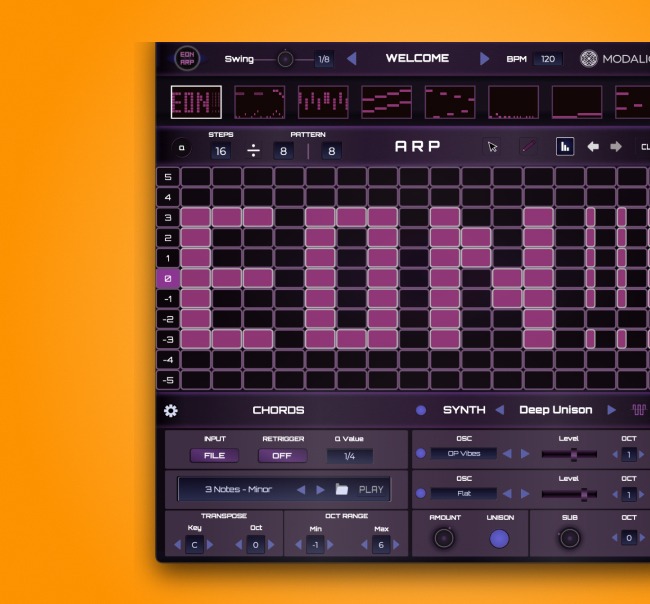
Arpeggiators Explained: 7 Creative Ways to Use Arps in Your Tracks
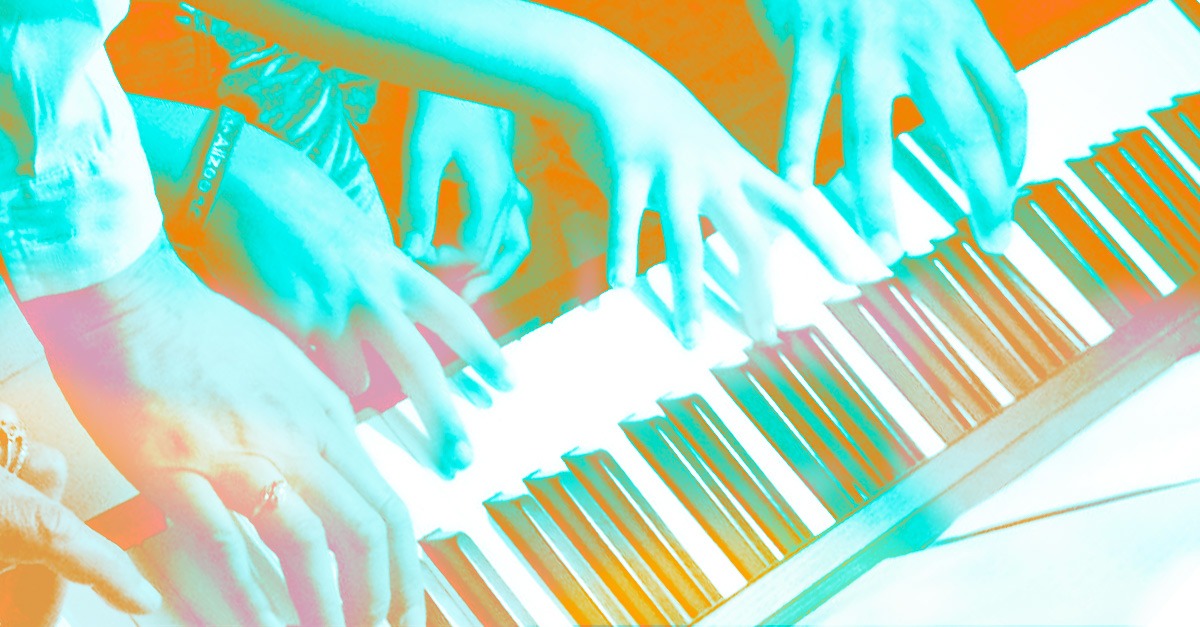
Arpeggiators are everywhere in music.
It makes sense, they have an interesting sound and they’re incredibly useful for adding melodies and rhythms to a track.
Anyone can hold down the keys of synth and trigger an arpeggiator, but what do you need to learn arpeggiation and explore them creatively?
In this article, we’ll unpack everything you need to know about arpeggiators.
By the end, you’ll know how arpeggiators work, how you can use them in your music, and which arpeggiator VST is best for you.
What is an arpeggiator?
An arpeggiator is a synthesis tool that uses MIDI or control voltages to cycle through a series of notes according to a clock rate and note division. Arpeggiators earned their name from the arpeggio–a phenomenon in music theory where notes of a chord are played one after another in sequence. Early versions of the arpeggiator most commonly used sequences that followed the triad chord structure of an arpeggio.
What does an arpeggiator do?
Today’s arpeggiators can play a lot more than just triads. You can easily use an arpeggiator to trigger through any chord you want!
In fact, there’s three main parameters you’ll want to play with first when using an arpeggiator– rhythm, patterns, and chords.
There’s three main parameters you’ll want to play with first when using an arpeggiator– rhythm, patterns, and chords.
Let’s dive into the many ways you can use them in your studio.
Here’s 7 creative ways to use arpeggiators in your tracks.
1. Arpeggiate every chord in a sequence
The first thing you need to understand about arpeggiators is how your synth will sequence a chord.
By definition, an arpeggiated pattern is monophonic. Your arpeggiator cycles through each note in the chord individually at a rate determined by its clock speed and note division.
That means you don’t need a polyphonic synthesizer to use an arpeggiator.
But many synths have onboard arpeggiators that can be triggered by an external sequencer.
Your arpeggiator cycles through each note in the chord individually at a rate determined by its clock speed and note division.
In this case, the maximum number of notes in the arpeggio is determined by the polyphony of the incoming sequence.
So if you’re triggering your synth’s arpeggiator with MIDI you will need a MIDI keyboard or sequencer that’s polyphonic.
For example, the Arturia Keystep is eight-note polyphonic, meaning it can sequence any synthesizer (monophonic or not) with up to eight different notes in a chord.
This video from Autoland Audio shows an Arturia Keystep sequencing a held chord to three synths– a Prophet 08’, Bass Station, and Matrix-1000.
The Prophet 08’ is just playing a held chord from the sequence.
But the Bass Station and Matrix-1000 are playing arpeggiations of the eight-note sequence sent by the Keystep.
2. Pattern sequencing
Arpeggiator patterns are the heart and soul of why arpeggiators are so intriguing.
When thinking about pattern sequencing ask yourself how you want to hear the chord you’re sequencing through the arpeggiator.
Do you want the chord played in ascending order? Descending order?
Do you want the chord played in ascending order? Descending order?
Most synths come with four specific arpeggiator patterns– ascending, descending, ascending and descending, and random.
But many synths feature additional pattern sequences and even allow you to program your own custom pattern into the sequence.
If your arpeggiator can use a custom sequence, play with it and find a note pattern that sits perfectly in your track.
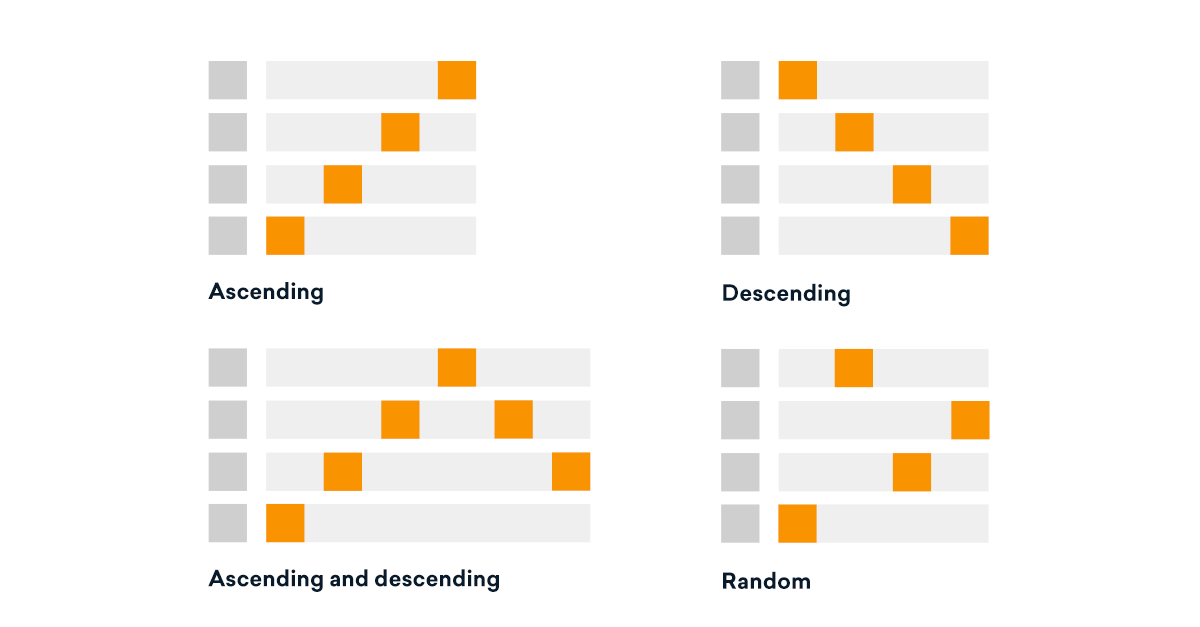
3. Rhythm sequencing
Arpeggiators become really interesting once you start sequencing chord patterns with more complicated rhythms than your standard straight eight-note sequence.
Adding elements of syncopation to your arpeggiator makes it possible to add triplet rhythms and complex eighth notes variations.
For example, cutting a note or two from a sequence of eighth-notes will produce interesting syncopated qualities.
Cutting a note or two from a sequence of eighth-notes will produce interesting syncopated qualities.
Play around with the rhythms your arpeggiator uses and you’ll find something that nicely suits your track.
4. Extend the range of your arpeggiator
When you hold down the notes of a chord on your synth’s keys it’s arpeggiator will start sequencing the held notes.
But in many arpeggiators, it’s possible to transpose the held notes up or down several octaves to create a sequence and up and down the range of your keyboard.
To extend the range you’ll have to find the range settings in your arpeggiator’s parameters.
In my MicroKorg for example, I was able to extend the range to four octaves.
Extended ranges often result in very beautiful, sweeping arpeggios that easily give depth to a track so give them a try!
Extended ranges often result in very beautiful, sweeping arpeggios that easily give depth to a track so give them a try!
5. Latch the arpeggiator and add filters and effects
To keep your arpeggiator sequencing you don’t have to keep the keys held down.
If you enable the latch parameter in your arpeggiator’s settings any sequence played on the keys will continue sequencing after releasing the keys.
It’s incredibly useful to hear your sequence respond in realtime to filters, delay, reverb, ring modulation, or any other audio effect.
6. Change arpeggiator parameters with an LFO
If you don’t understand how an LFO works, it’s basically like a robotic knob turner.
It uses a very low frequency to send changes to a specific parameter such as a filter or pitch.
There’s a lot of ways you can use an LFO on your arpeggiator sequence.
You could use a big filter sweep to add an extra layer of depth, or you could play with the amp envelope to affect the synth’s attack or decay.
Play around with your arpeggiator, think about how changing a specific effect or parameter could effect the sound of your sequence and then test your hypothesis.
Trial and error can produce some incredible sounds and it’s usually the most fun part of playing with synths.
7. Use your arpeggiator to clock your setup
Every arpeggiator contains a clock that keeps it in sync with other elements of your setup such as your drum machine or sampler.
Make sure your arpeggiator is either receiving clock from the main brain of your setup.
Make sure your arpeggiator is either receiving clock from the main brain of your setup.
If it isn’t you might need to use the arpeggiator as the central clock of your system.
Get started with an arpeggiator VST
Arpeggiators have been around for a long time. Chances are if you own a hardware synth it probably contains a dedicated arpeggiator function.
But if you don’t own a hardware synth, the quickest and best way to start using an arpeggiator is with an arpeggiator VST plugin that works in your DAW.
Here’s the 3 best arpeggiator VSTs right now
Free*: Your DAW’s arpeggiator
Without a hardware synth, you’ll need a DAW with software synths to use an arpeggiator.
*The good news is that most DAW’s come with an arpeggiator, especially any DAW that isn’t free.
The arpeggiator that comes stock with Ableton or Logic, for example, is completely fine to use as your go-to arpeggiator.
Unless you want something super advanced, just stick with your DAW.
Unless you want something super advanced, just stick with your DAW.
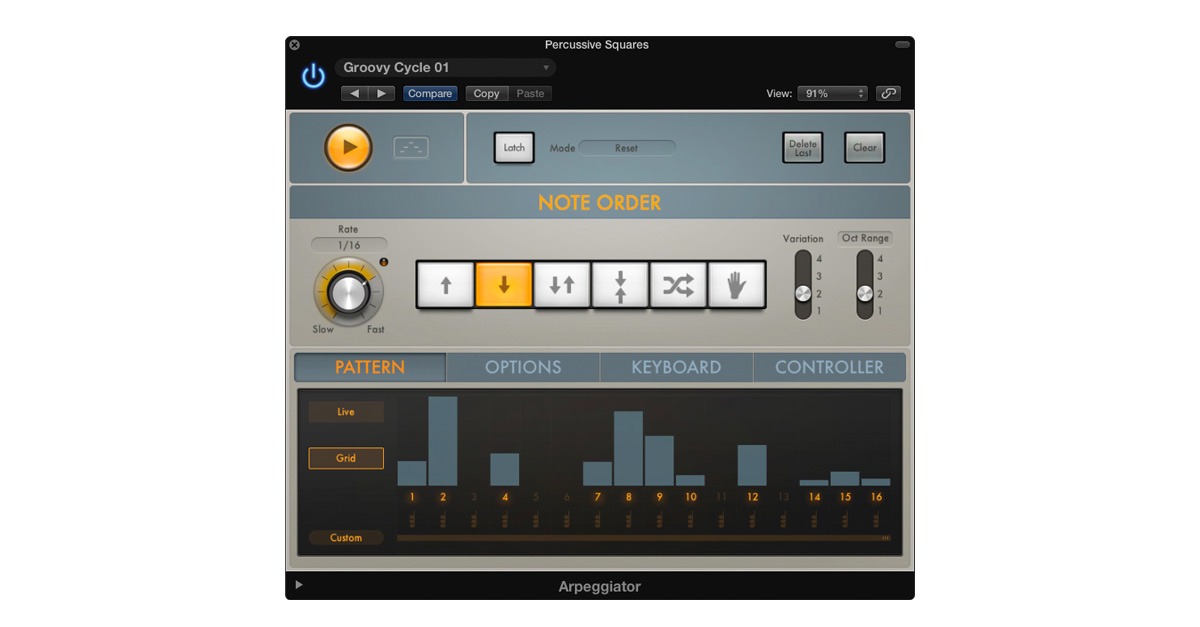
Paid: Modalics EON-Arp
EON-Arp is a premium VST that takes arpeggiation to the next level.
This incredibly simple and easy-to-use arpeggiator offers so many ways to customize sequencing, patterns, and chords.
On top of its sequencing capabilities, it comes with a great internal synth and a number of patches to help you get your ideas flowing quickly into your DAW.
If you’ve grown out of your DAW’s arpeggiator and are looking to expand what you can do, EON-Arp is really your best option.
🧠 Hot tip

Here's a demo of EON-Arp.
Free: Blue ARP
If you aren’t happy with your DAW’s arpeggiator, or if it doesn’t come with one Blue ARP is a free VST that might solve your arpeggiator problems.
It’s a free plugin, so you don’t have anything to lose by trying it out.
Blue ARP offers more than enough customization options and is a cost-effective choice for adding arpeggiation to your tracks.
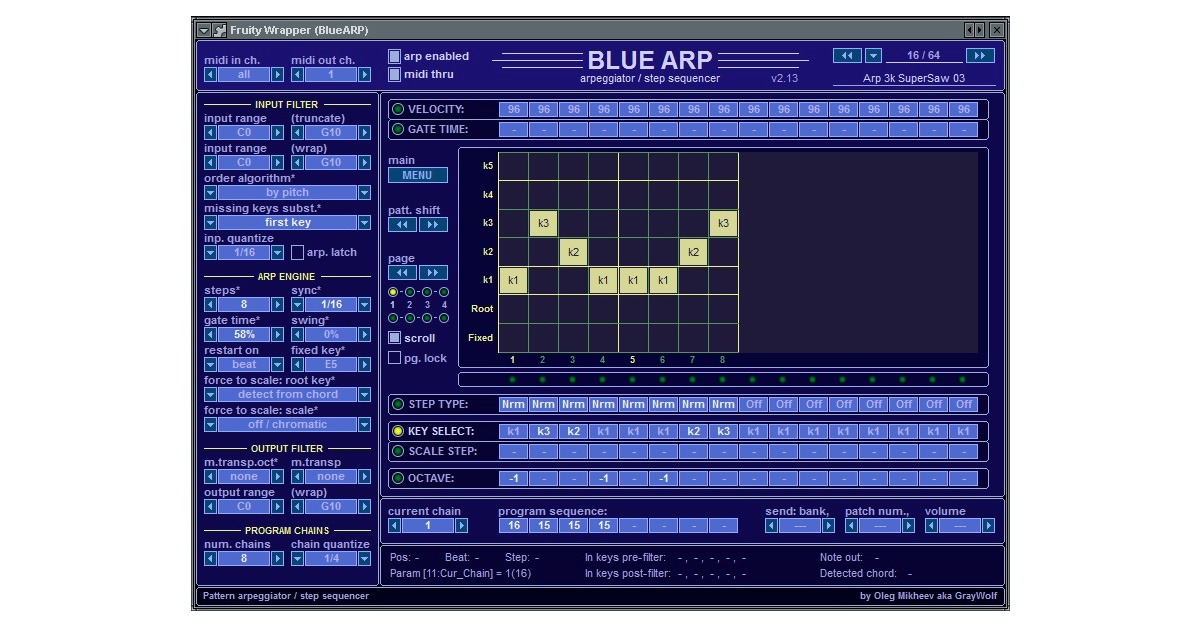
Bleep bloop up and down
Arpeggiators are cool.
Arpeggiators are cool.
They’ve had a big influence on music ever since the legendary Roland JP-4 was released in the 70s.
Today producers still use them to add lush textural qualities, melodies, and chord sequences to their tracks.
There’s so much you can do with arpeggiators too! Especially since anyone can access one with a modern DAW home studio set up.
Get out there and try it for yourself!
Gear guides, tips, tutorials, inspiration and more—delivered weekly.
Keep up with the LANDR Blog.
